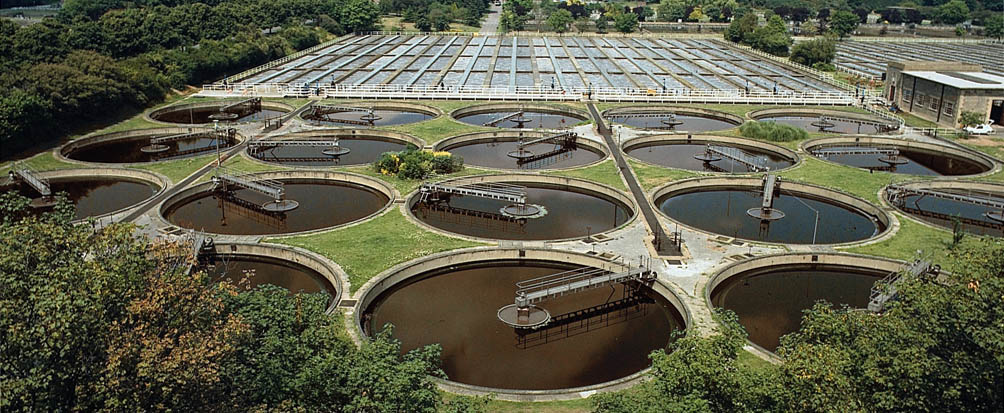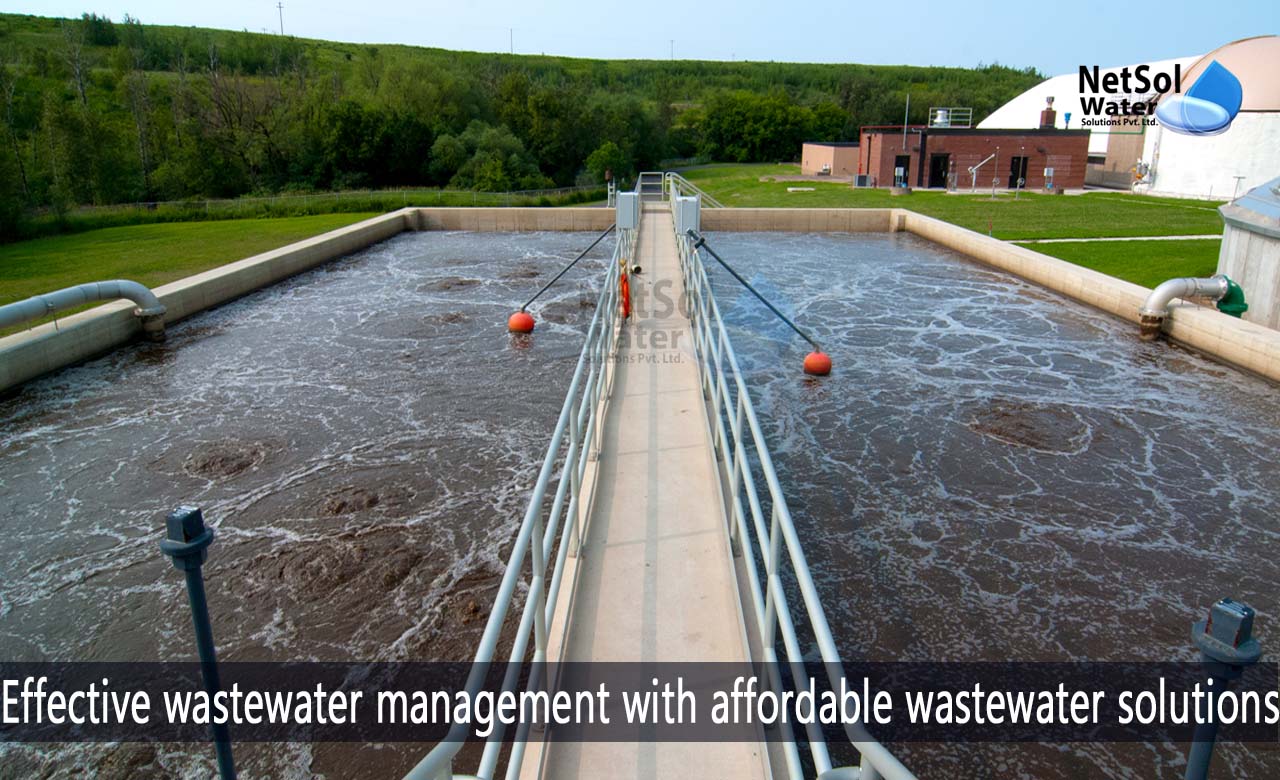Comprehending Wastewater Therapy Processes and Their Environmental Effect
The intricacies of wastewater treatment procedures play a crucial role in mitigating ecological challenges connected with water air pollution. Each stage, from preliminary to innovative therapies, is designed to attend to details pollutants, ultimately securing both public wellness and aquatic environments. Despite technological improvements in therapy performance, substantial obstacles linger, including the management of residual pollutants and the implications of nutrient drainage. As we explore the intricacies of these procedures, it comes to be necessary to doubt just how much existing methodologies can develop to meet the growing needs of sustainability and ecological conservation.
Review of Wastewater Therapy
Exactly how is wastewater transformed right into a risk-free resource for the setting? Wastewater therapy is an important process designed to get rid of pollutants from used water, therefore securing public health and shielding environments. This process starts with the collection of wastewater from domestic, industrial, and business sources, which is after that directed to therapy facilities.
At these centers, various physical, chemical, and organic approaches are employed to treat the wastewater. Ultimately, biological treatments, such as triggered sludge processes, use microbes to damage down organic matter.
The dealt with effluent can be securely discharged into natural water bodies or reused for irrigation and commercial objectives, promoting resource conservation. In addition, the therapy procedure generates biosolids, which can be repurposed as plant foods or dirt amendments, even more improving sustainability.
Phases of Therapy Procedures
The wastewater treatment process commonly contains three main phases: initial, key, and secondary treatment. Each stage serves an unique duty in decreasing the pollutant tons and making sure the effluent fulfills environmental criteria prior to discharge.

The key therapy phase concentrates on the physical separation of suspended solids from the wastewater. Through sedimentation, heavier particles settle at the end of sedimentation containers, creating sludge, while lighter products, such as oils and oils, float to the surface area and are skimmed. This process considerably decreases the organic and not natural tons in the wastewater.
Secondary therapy is a biological procedure aimed at more decreasing the focus of organic issue. This stage is important for achieving the needed biochemical oxygen demand (BODY) decrease, eventually leading to cleaner effluent all set for discharge or additional therapy.

Advanced Therapy Technologies
Following the second treatment procedures, progressed treatment innovations play a vital function in more boosting the high quality of dealt with wastewater. These technologies are created to get rid of residual pollutants that are not properly eliminated during key and additional therapies, making sure the effluent fulfills stringent regulative requirements.
Amongst the widely utilized sophisticated therapy methods are membrane layer purification, reverse osmosis, and progressed oxidation processes. Membrane filtering, consisting of microfiltration and ultrafiltration, works in separating fine bits, virus, and colloids from the water (Wastewater). Reverse osmosis utilizes semi-permeable membranes to eliminate dissolved solids, causing high-quality water suitable for different applications
Advanced oxidation processes (AOPs) utilize strong oxidants to degrade natural toxins, consisting of drugs and recommended you read individual treatment items that are immune to standard therapy. These approaches boost the biodegradability of intricate substances, promoting their elimination.
One more considerable innovation is using biological nutrient removal processes, which specifically target nitrogen and phosphorus, protecting against eutrophication in getting water bodies. On the whole, advanced treatment technologies are important for achieving higher degrees of filtration, promoting water reuse, and guarding public wellness while attending to the difficulties connected with wastewater monitoring.
Environmental Advantages of Treatment
Numerous ecological benefits occur from effective wastewater therapy procedures that add to ecosystem health and sustainability. Primarily, these procedures significantly lower the launch of damaging pollutants right into all-natural water bodies, which helps keep water communities. By removing contaminants such as hefty metals, nutrients, and pathogens, dealt with wastewater reduces the risk of waterborne illness and promotes biodiversity in aquatic environments.
In addition, wastewater treatment centers frequently use sophisticated technologies that make it possible for water recycling and reuse. This method not just saves fresh water resources yet additionally decreases the need on natural water products. Enhanced nutrient elimination from wastewater can additionally protect against eutrophication, a process that leads to algal flowers and subsequent oxygen exhaustion in marine systems.
Additionally, effective therapy procedures can lessen greenhouse gas discharges, specifically methane and nitrous oxide, which are frequently released during neglected wastewater decomposition. By capturing and my link making use of biogas from anaerobic digesters, centers can transform waste right into renewable resource, consequently adding to a decrease in nonrenewable fuel source reliance.
Difficulties and Future Trends
While the ecological advantages of wastewater treatment are clear, a number of difficulties persist that prevent optimal results in this field. One major problem is maturing framework, which frequently causes inadequacies and increased operational expenses - Wastewater. Lots of therapy plants were created years earlier, and their capacities do not align with modern demands, that include stricter regulative requirements and higher volumes of wastewater as a result of urbanization

Looking ahead, there is a growing focus on source recuperation and circular economy concepts within wastewater treatment. Innovations such as anaerobic food digestion, which can produce biogas, and progressed filtering technologies are getting traction. These methods not only boost treatment performance however also advertise sustainability.
Ultimately, resolving these difficulties calls for partnership amongst stakeholders, investment in modern technology, and a commitment to recurring research. By accepting these trends, the wastewater therapy field can progress to fulfill the demands of a transforming atmosphere and society.
Final Thought
In final thought, wastewater therapy processes play a crucial duty in enhancing environmental high quality and public health and wellness. The multi-stage treatment framework, combined with sophisticated innovations, successfully alleviates contamination and promotes sustainable water administration.